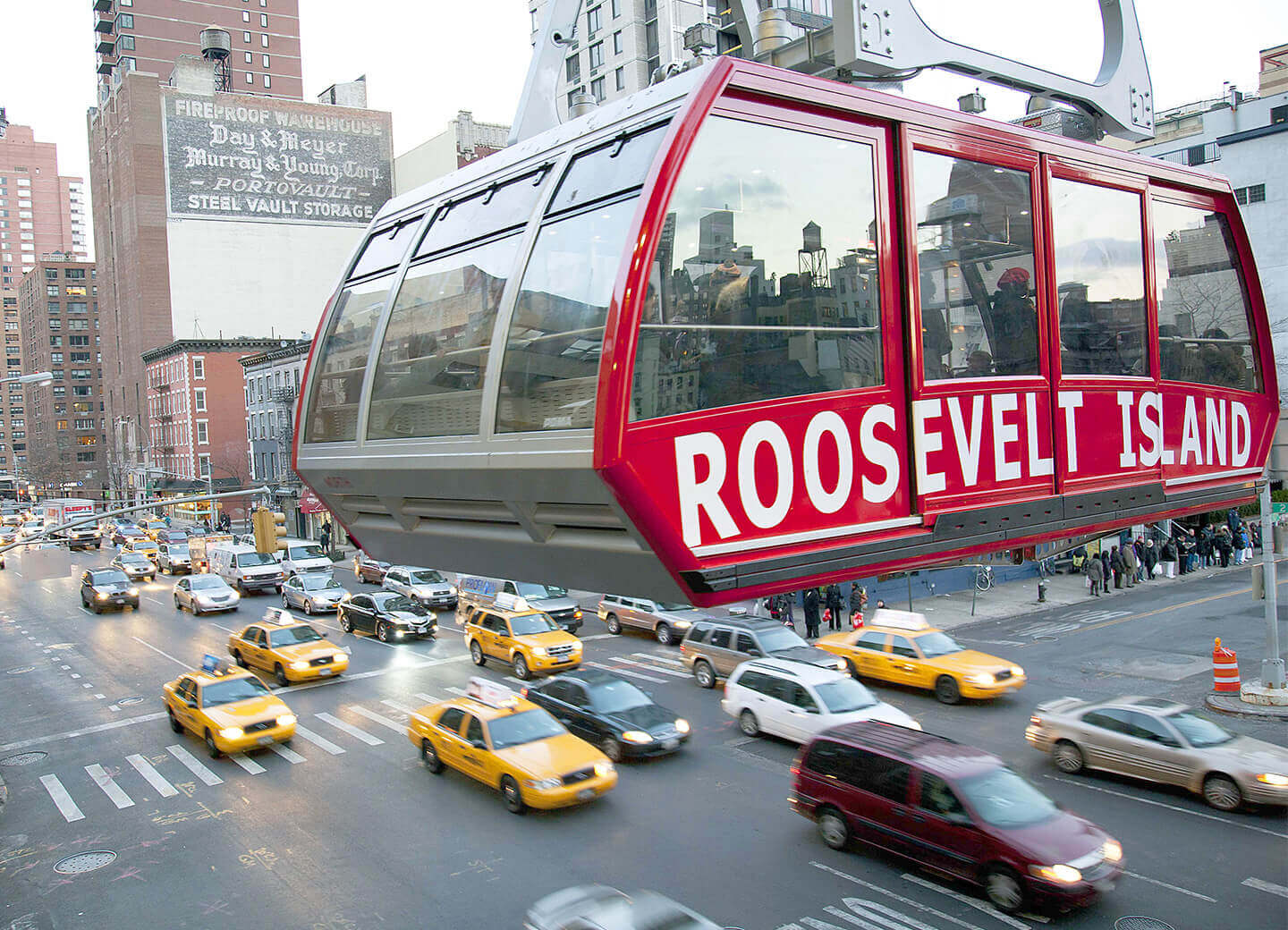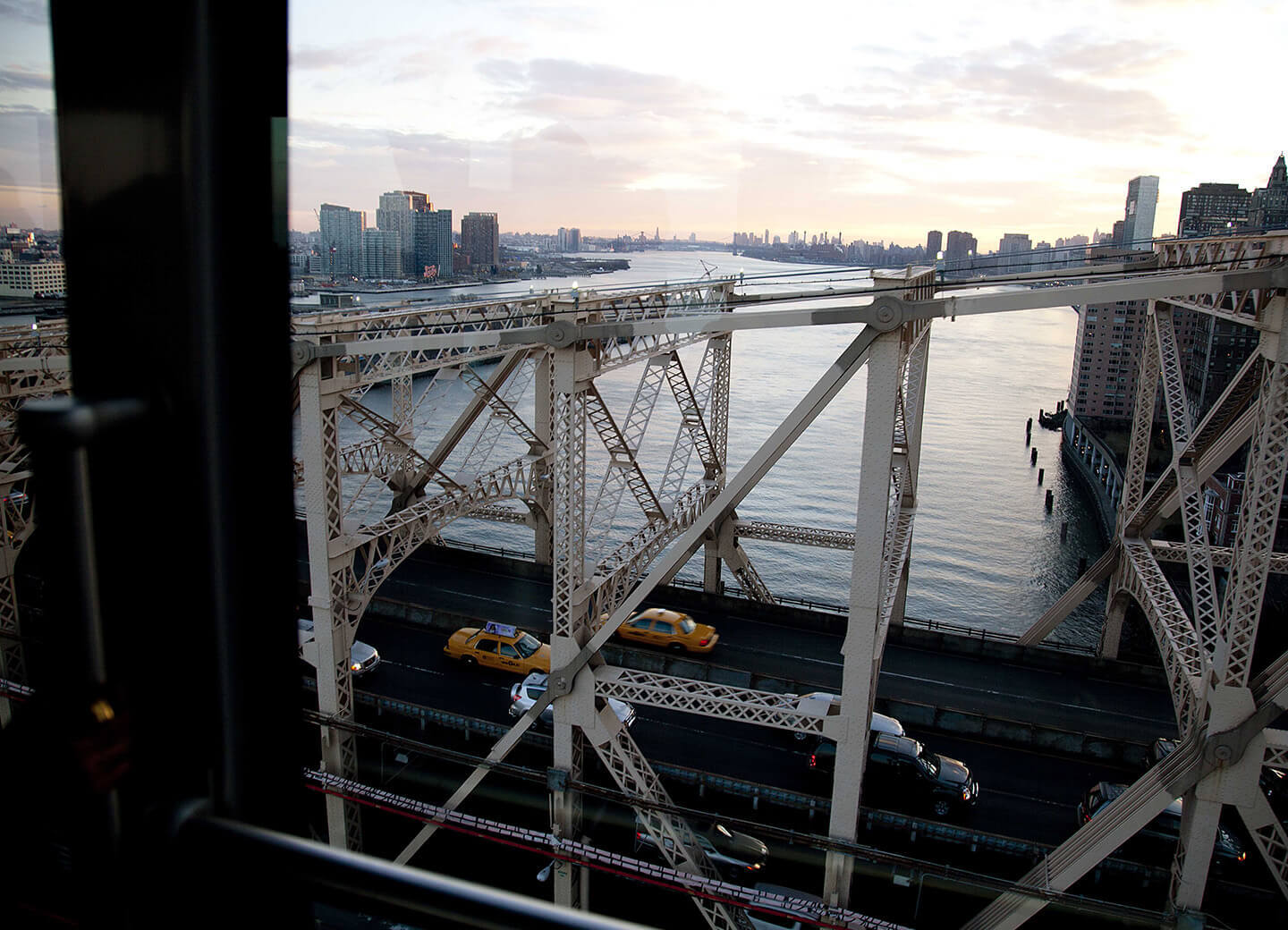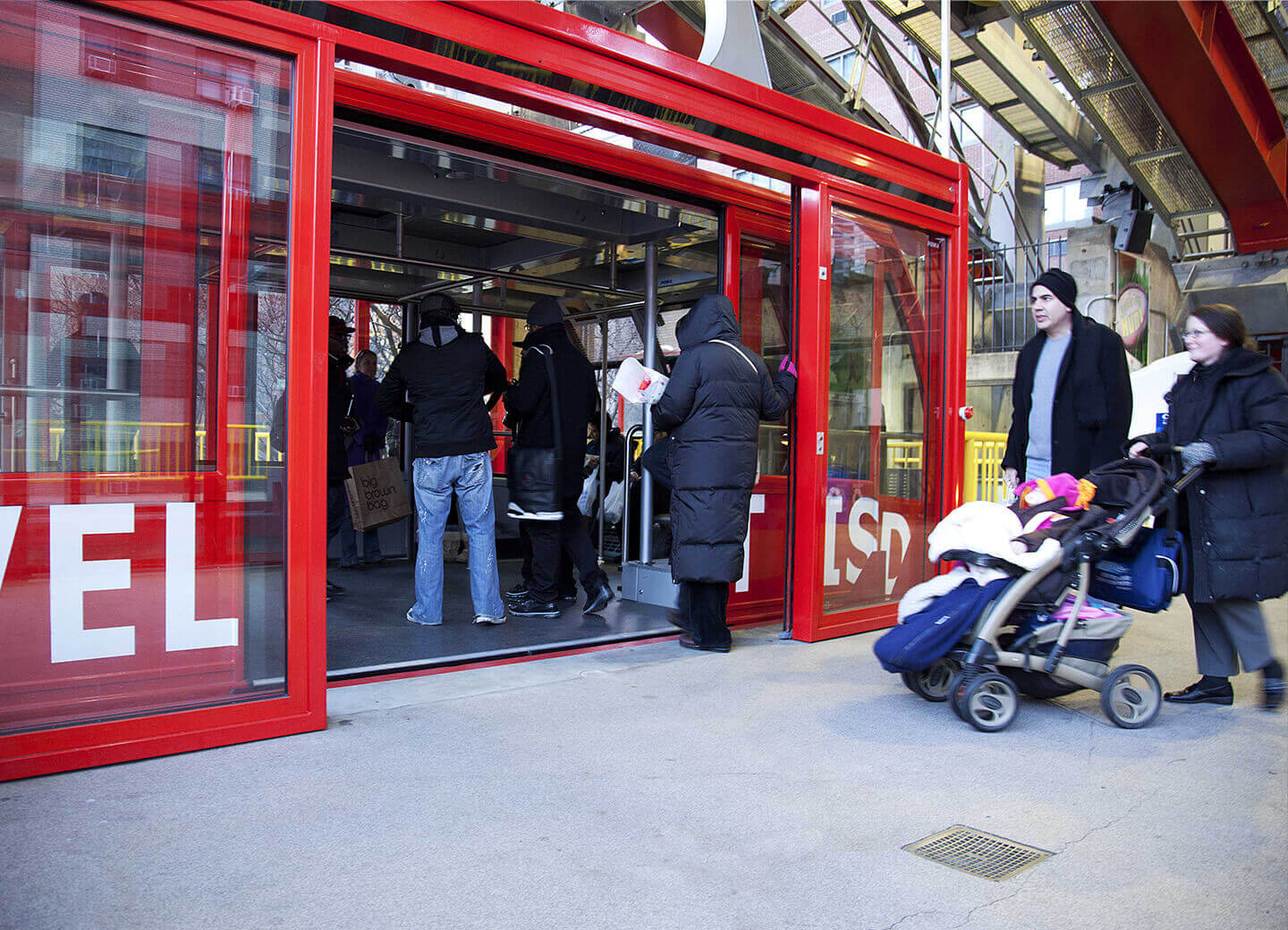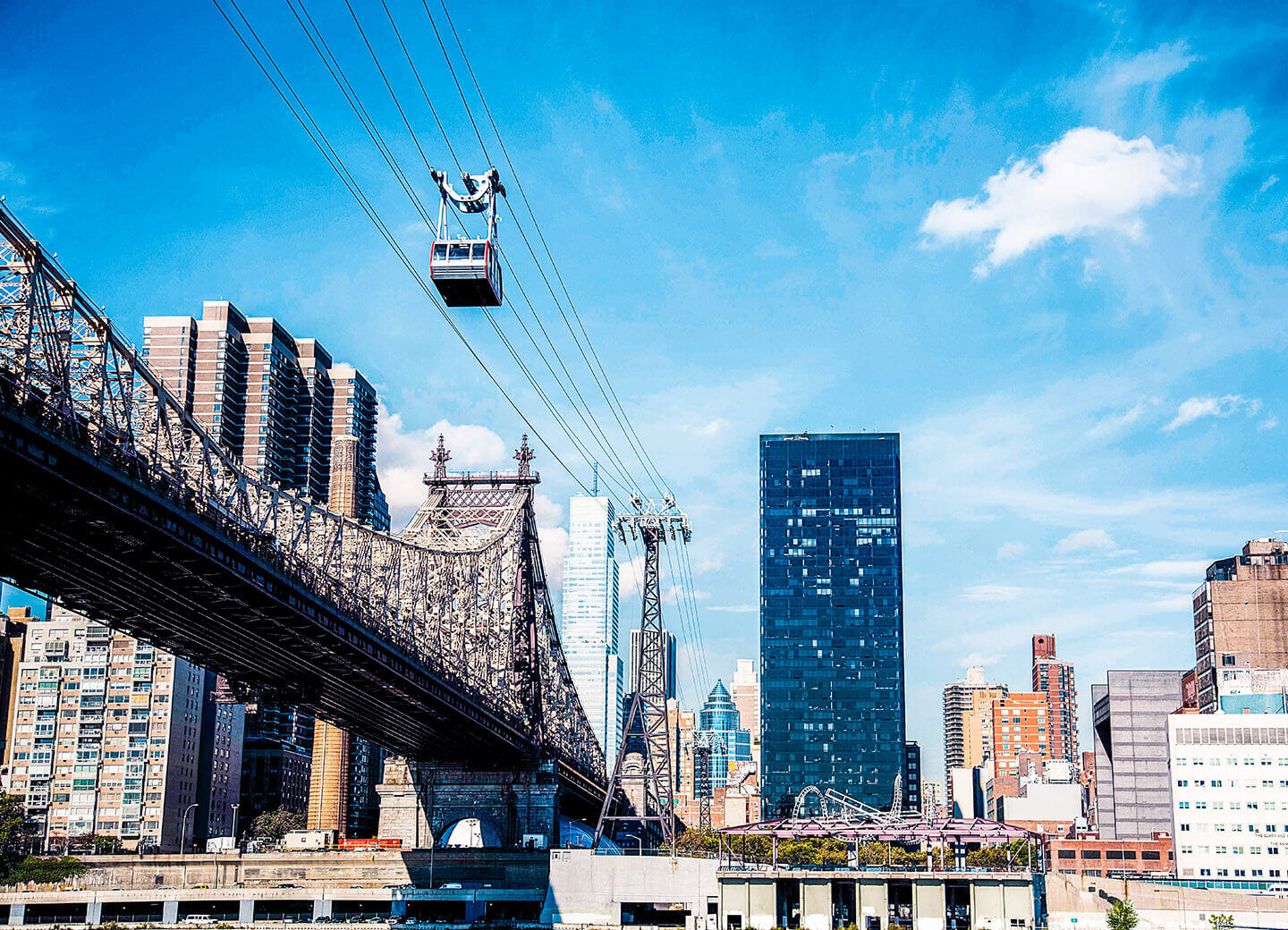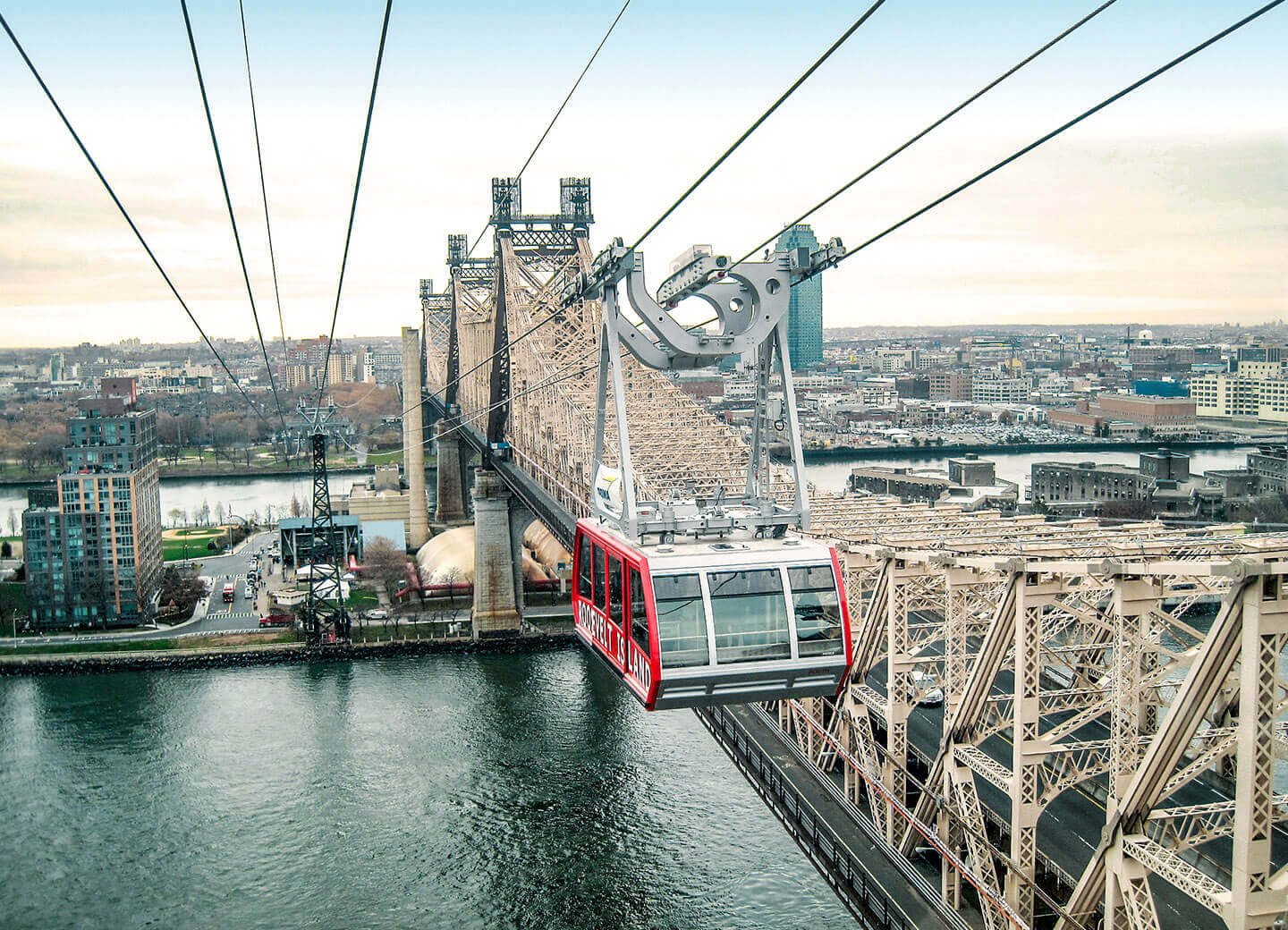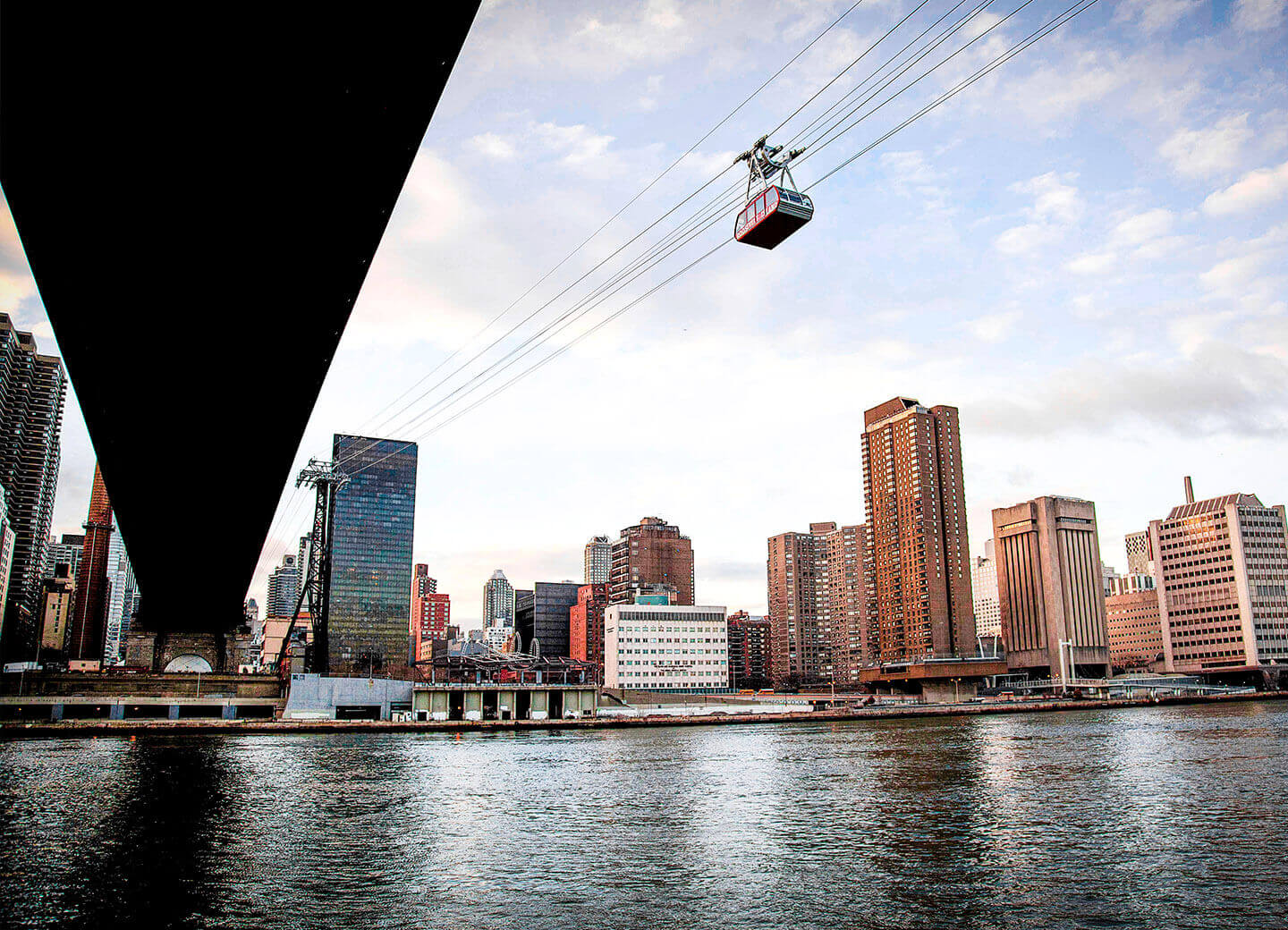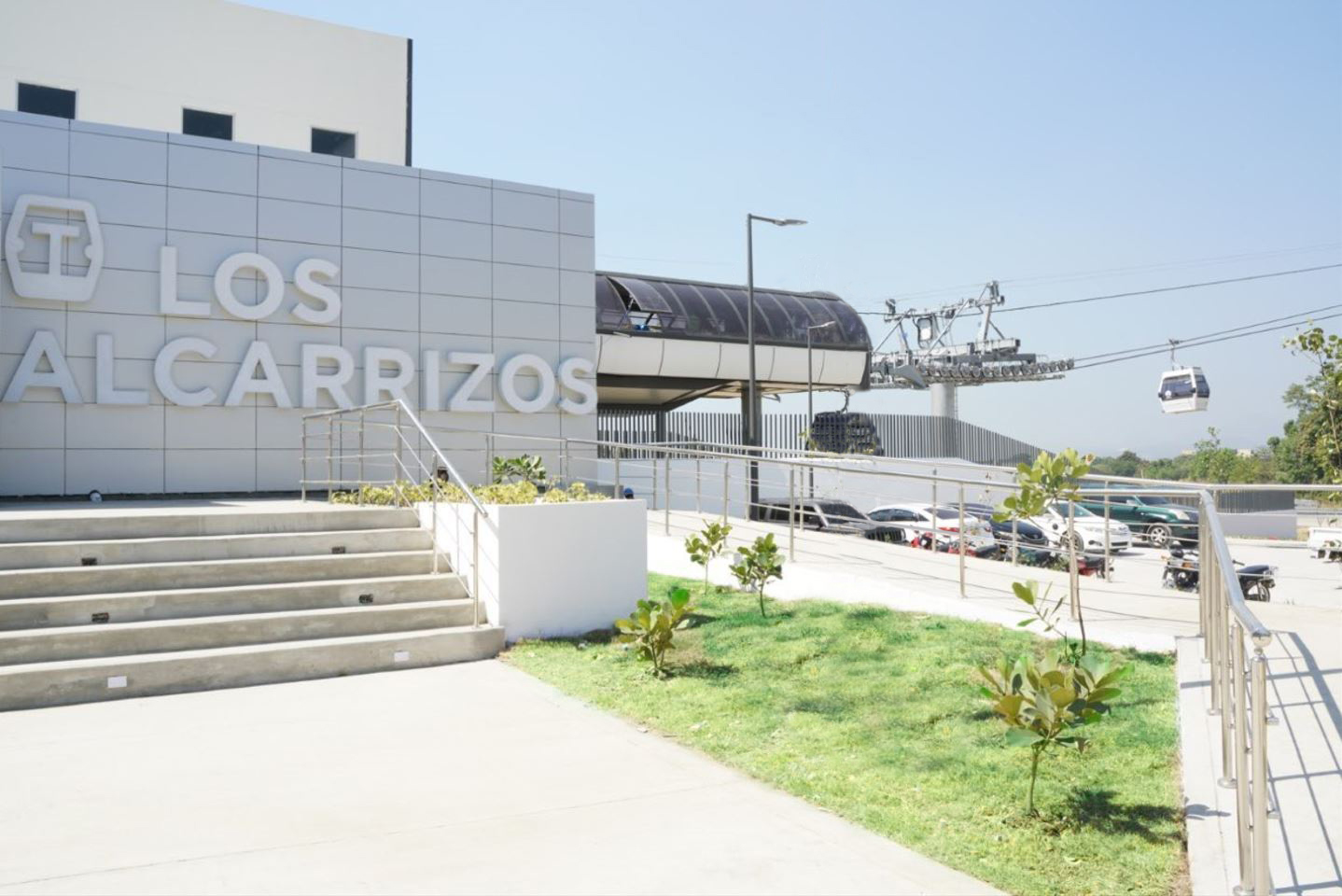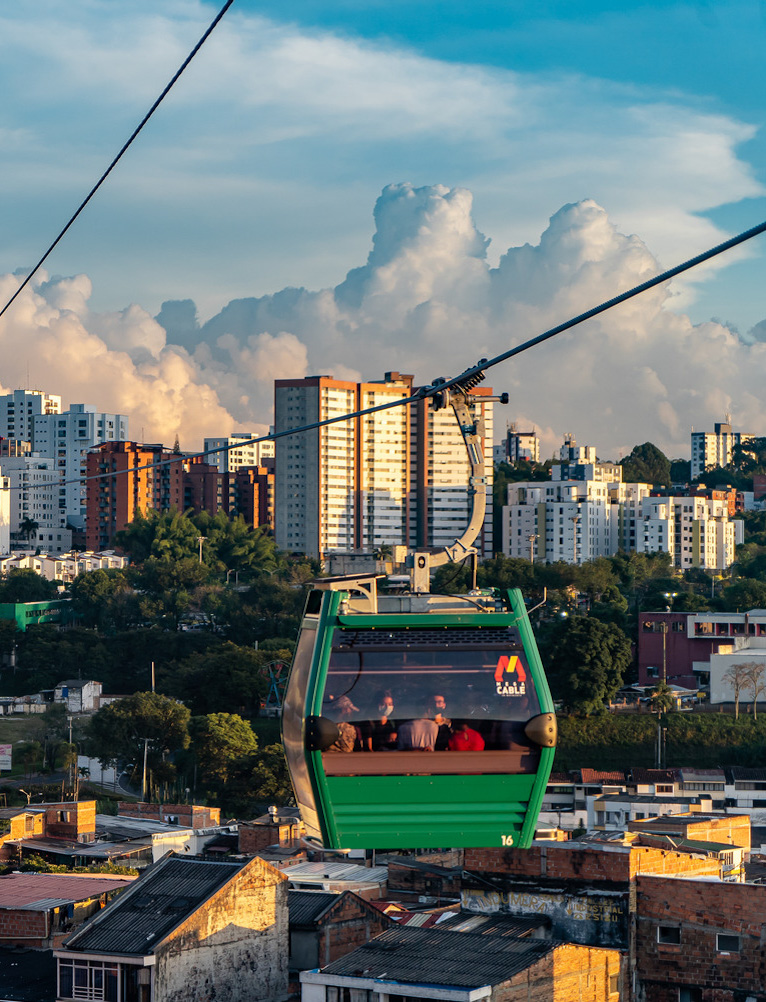
Aerial Tramway • Airtram Roosevelt Island
The project
Airtram Roosevelt Island

technical
specifications
POMA, innovation
for the project
Airtram in pictures
POMA urban references
Santiago – Dominican Republic
Dominican Republic – Santiago de los caballeros – In progress
The Dominican government has set up the SITS (Santiago Integrated Transport System) to support urban development in the country’s second-largest city, Santiago de los Caballeros. A soft and sustainable mobility service accessible to all is at the heart of the project and will include a monorail, bicycles, electric buses and a nearly 4 km long…
ReadP Line – Metrocable
Colombia – Medellin – 2021
A social and economic link, Medellin’s Metrocable is the emblem of a city on the move. The 6th line of the metrocable took off in 2022 to extend its public transport network, serving sustainable and soft mobility
ReadLos Alcarrizos – Santo Domingo
Dominican Republic – Santo Domingo – 2022
The city of Santo Domingo inaugurates its new urban aerial tramway line, the fastest in the world. The monocable system criss-crosses the sky over a 4.2-km stretch and serves four stations, offering a perfect soft mobility solution between the city centre and the suburbs.
ReadCitadel of Namur gondola lift
Belgique – Namur – 2021
In Namur, Belgium, the ropeway connects the city centre to the Citadel Esplanade, flying over the river Sambre and the ramparts. Tourists and locals alike enjoy the experience of a silent trip with a breathtaking viewpoint. An ecological mode of travel, it blends harmoniously into its environment, by virtue of its modern architecture that respects…
ReadAerovia
Equateur – Guayaquil – ongoing project
In order to improve the flow of daily traffic between Duran and Guayaquil, Ecuador’s economic capital, and offer an alternative solution for crossing the estuary, the local authorities have opted for ropeway transportation. Ecuador’s first urban gondola lift links Duran and Guayaquil, providing fast, smooth travel throughout the transport network for 40,000 passengers a day.
ReadChiatura
Géorgie – Chiatura – 2020
To retrofit its urban overhead transport system, the city of Chiatura chose POMA. Four small urban ropeways, developed specifically to satisfy the needs in terms of capacity and the constraints regarding distances, have replaced some (very) old Russian ropeways.
ReadTizi Ouzou
Algeria – Tizi Ouzou – 2019
POMA has developed a three-section aerial transport line with a total length of 5 km consisting of two gondola lifts and an aerial ropeway in Tizi Ouzou, a town located 100 km from Algiers.
ReadTéléo
France – Toulouse – 2021
More than 8,000 passengers will board the cabins of the Téléo tricable ropeway every day. Part of the Toulouse Agglomeration’s transport network, it crosses a river and travels over a hill to link three major hubs of activity in the south of Toulouse: the University Cancer Institute, Rangueil Hospital and Paul Sabatier University.
ReadLa Réunion
Réunion Island – Saint Denis – 2020
POMA built the first metrocable in the Indian Ocean in Saint Denis on Réunion Island. It provides safe, fast and quiet travel, connecting strategic neighbourhoods and delivering a better service to the island.
ReadPereira Megacable
Colombia – Pereira – 2021
Pereira Megacable is the first urban gondola lift to be 100% integrated into the public transport system of the city of Pereira. It is also the first lift in the country to be equipped with a DirectDrive®.
ReadNizhny Novgorod
Russia – Nizhny Novgorod – 2011
La première télécabine urbaine en Russie permet aux habitants de Nijni Novgorod de se rendre quotidiennement dans la ville industrielle de Bor, en traversant le plus grand fleuve d’Europe par les airs.
Read

